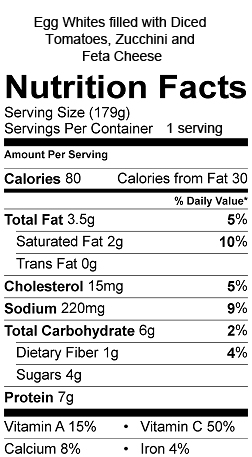Cappuccino: A Taste
of Art & History
Chocolate Cappuccino, modified
Yield: 4 servings
Ingredients
1/2 cup chocolate liqueur
1 tablespoon maple syrup
1 cup hot brewed espresso
3/4 cup scalded milk, 1%
1/8 teaspoon ground cinnamon
Chocolate shavings (optional)
Directions
1. Combine liqueur and syrup in a microwave-safe dish.
2. Heat on HIGH for 30 seconds.
3. Divide the liqueur mixture among 4 mugs
4. Add 1/4 cup espresso to each.
5. Froth milk; pour about 1/4 cup milk into each mug.
6. Top with ground cinnamon; garnish with chocolate shavings, if desired. 































